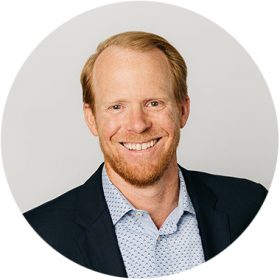Yale University boasts one of the country’s largest university endowment portfolios. Yale’s non-profit endowment is also one of the best-performing, having increased nearly 14% per year over the past 20 years, compared to the 9% average for all college and university endowments.
The person responsible for Yale’s success is David Swensen, chief investment officer of the endowment fund. Yale recently reported the outperformance of its endowment relative to other college and universities has added over $20 billion of incremental value. It is no wonder Swensen, who has written two excellent books sharing the recipe behind Yale success, is widely credited with changing the way large endowments and pension plans invest.
Swensen’s Yale Model, as it has come to be revered, relies heavily on alternative assets. The most recent view into Yale’s holdings shows 32% of the portfolio is dedicated to private equity, 18% to absolute-return hedge funds, 8% to natural resources and 20% to direct real estate. Just 20% of Yale’s portfolio was invested in traditional stocks and bonds.
Despite implementing this complex mix for Yale, Swensen’s advice to individual investors has been consistent and simple: Don’t try anything fancy, he says. Use passive index funds, keep costs down, rebalance and focus on the long-term.
While we agree wholeheartedly with Swensen’s advice, we can understand how some might view it as a second-best alternative to how we’d prefer to invest had we Yale’s tremendous resources and access to “market-beating” managers.
Rather than ask “How would we invest if we were Yale?” however, a more relevant question for investors might be “How would Yale invest if it were us?”
A forthcoming paper in the Financial Analysts Journal answers just this very question. In “What Would Yale Do If It Were Taxable?” researchers address how Yale’s optimal asset allocation would change if it had to pay taxes at the same rate as a high-income individual.
The authors found Yale’s more tax-unfriendly alternative assets—hedge funds in particular—no longer provided the same value once taxes were considered. Alternative assets that “are highly correlated with stocks,” the paper’s authors found, “cannot survive in a portfolio designed to maximize after-tax returns.”
It will come as no surprise to clients of Vista that the optimal asset mix for an “after-tax Yale” contained no allocation to hedge funds, natural resources or active stock managers. In a world where taxes matter, the study found, the tax penalty on these strategies far outweighed their diversification benefit.
Stripped of these alternative strategies, the authors concluded, the lion’s share of Yale’s optimal allocation looks a lot like an old-fashioned 60/40 balanced index fund portfolio.
